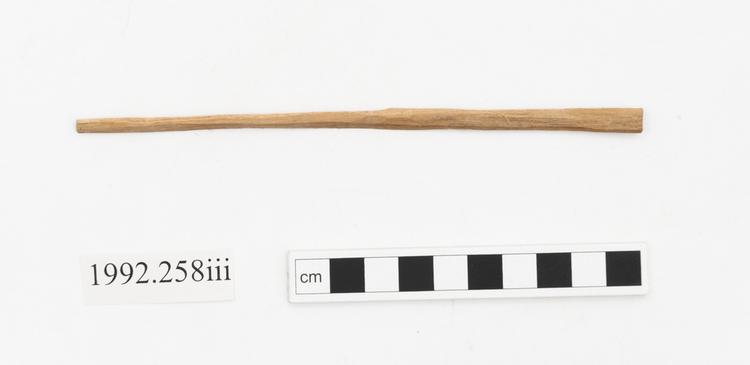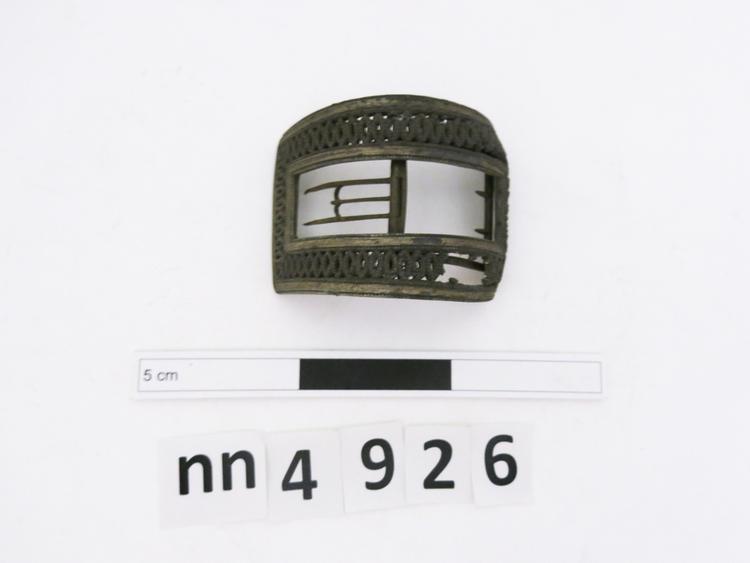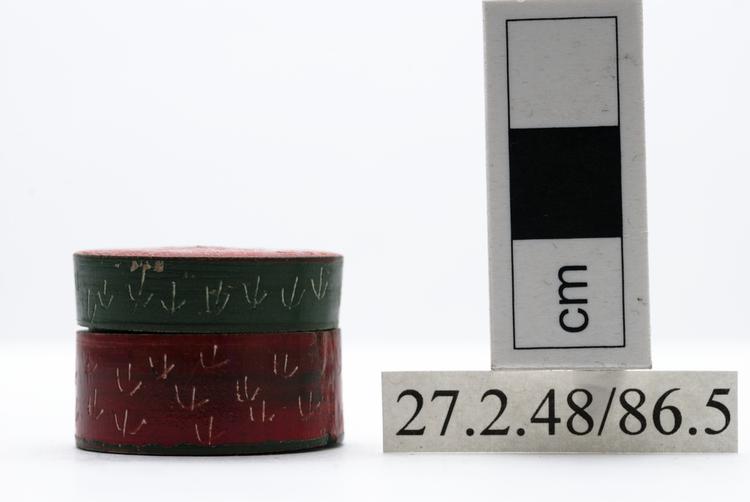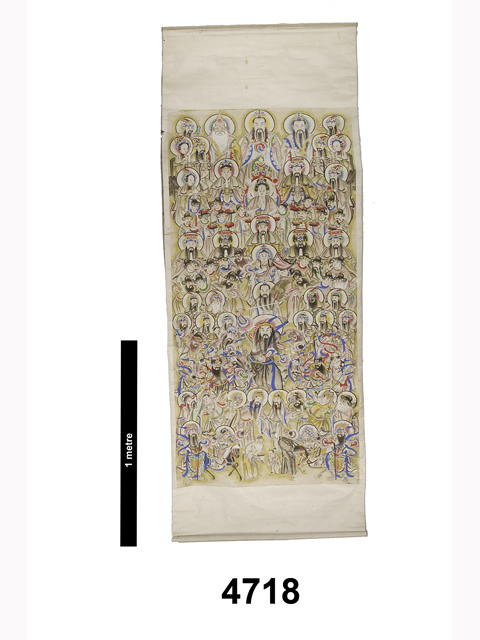
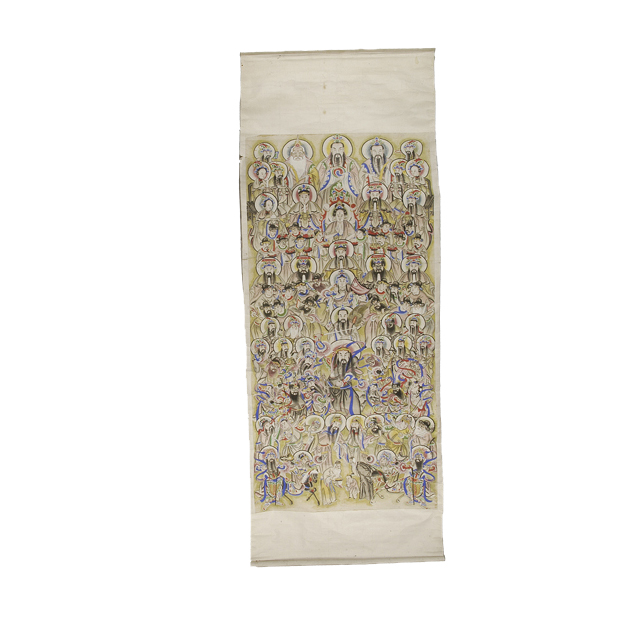
Painting depicting the Three Purities, Sanqing, on the top row and the assembly of the rest of the Daoist pantheon below. The Three Purities are the highest deities of Daoism pantheon and rule over the three celestial realms of Jade Purity, Yu Qing, Highest Purity, Shang Qing, and Great Purity, Tai Qing. In the middle is the Celestial Worthy of Primordial Beginning, Jade Purity. On the right is the Celestial Worthy of the Numinous Treasure, Highest Pure. On the left is the Celestial Worthy of the Way and its Virtue, Great Pure, who is called 'Laozi' literally meaning "Old Master". Laozi was a philosopher who wrote the 'Daodejing', The Dao and Its Virtues. The Dipper Mother, Doumu, is positioned below the Celestial Worthy of Primordial Beginning, and is depicted holding a sun disc on her left hand and a moon disc on her right hand. She is the mother of the seven stars of the constellation the Big Dipper.
In China the seven stars, known in the west as the Big Dipper, were referred to as the Northern Ladle. These seven stars were said to represent the Emperor's carriage rotating around the centre of the universe. The constellation was said to govern the Four Directions, and to divide Yin from Yang. It determined the Four Seasons, balanced the Five Elements, regulated the divisions of time and so on. This item was purchased from the Reverend Davidson and his wife, who were Quaker missionaries working with the Friends’ Foreign Mission Association in Szechwan from 1886 - 1894. The Museum acquired 338 items from the Davidsons, many of them collected to illustrate talks on everyday life in China which they gave when they were in Britain on leave.



